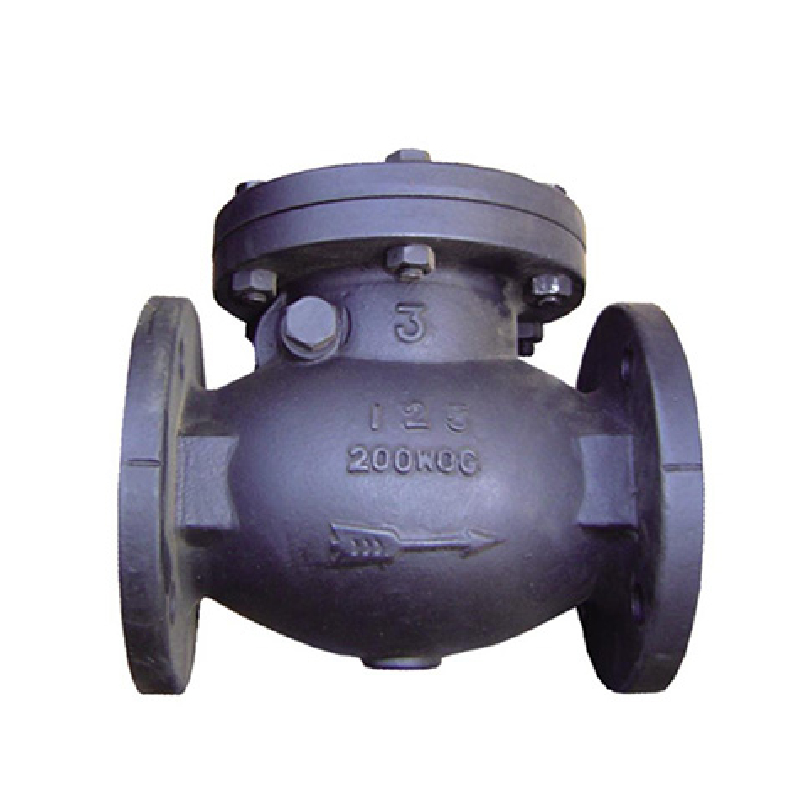9 月 . 28, 2024 23:48 Back to list
Cast Steel Check Valve Benefits and Applications in Industrial Settings
Cast Steel Check Valves An Overview
Check valves are essential components in numerous piping systems, designed to prevent backflow and ensure the unidirectional flow of fluids. Among the various materials available for manufacturing these critical valves, cast steel has emerged as a favored choice due to its durability, strength, and versatility. This article delves into the characteristics, advantages, applications, and maintenance considerations of cast steel check valves.
What Are Cast Steel Check Valves?
Cast steel check valves are typically made from alloyed steels that are cast into the desired shapes, offering superior mechanical properties compared to other materials like plastic or wrought iron. These check valves operate based on the principle of gravity and fluid pressure. They consist of a disc or a flap that opens with the flow of the fluid and closes when the flow reverses, preventing backflow in the system.
Cast steel check valves can be designed in various configurations, including swing check valves, lift check valves, and dual plate check valves, catering to different operational needs. The robustness of cast steel ensures that these valves can withstand high pressures and extreme temperatures, making them suitable for various industrial applications.
Advantages of Cast Steel Check Valves
1. Durability The inherent toughness and resilience of cast steel allow check valves to endure harsh operating environments. They resist wear and corrosion, making them ideal for industries where fluid dynamics are critical.
2. High Pressure and Temperature Resistance Cast steel check valves can operate effectively under high pressure and temperature conditions. This makes them suitable for use in steam, gas, and liquid applications across diverse industries, including oil and gas, power generation, and chemical processing.
3. Versatile Applications These valves are versatile and can be utilized in a variety of settings, from municipal water systems to maritime applications. Their ability to handle various types of fluids, including corrosive substances, adds to their appeal.
4. Cost-Effectiveness Although the initial cost of cast steel components may be higher than other materials, their longevity and lower maintenance costs often result in greater value over time.
5. Ease of Maintenance Cast steel check valves require minimal maintenance due to their robust nature. Routine inspections can help ensure optimal performance, and many check valves can be easily disassembled for inspection or repair.
Applications of Cast Steel Check Valves
The versatility of cast steel check valves permits their use in various sectors
cast steel check valve

1. Oil and Gas Industry In pipelines transporting natural gas or crude oil, these valves help control fluid flow and maintain system integrity by preventing backflow.
2. Power Generation In steam and thermal power plants, cast steel check valves ensure steam flows in the correct direction, preventing backpressure that can jeopardize equipment.
3. Water Treatment In municipal water systems, check valves protect pumps and other equipment from backflow, maintaining the system's operational efficiency and safety.
4. Chemical Processing The ability to handle corrosive fluids makes these valves a crucial component in chemical manufacturing and processing plants.
Maintenance Considerations
While cast steel check valves are generally low-maintenance, certain practices can ensure their longevity and performance
- Regular Inspections Routine checks for wear and tear, particularly on the disc and seat, can prevent potential failures.
- Cleaning Ensuring that the valve is free of debris and build-up can aid in maintaining efficient operation.
- Lubrication For valves with moving parts, appropriate lubrication is necessary to reduce friction and wear.
- Monitor Pressure Levels Keep an eye on pressure readings to ensure they remain within the manufacturer's specified limits.
Conclusion
In summary, cast steel check valves are indispensable components in numerous industrial applications, providing reliability, durability, and efficiency in fluid management. Their ability to withstand extreme conditions and ensure proper flow direction makes them a valuable asset in many engineering systems. Proper selection, installation, and maintenance of these valves are key to ensuring optimal performance and longevity, making them a smart investment for any piping system.
Share
-
Understanding the Differences Between Wafer Type Butterfly Valve and Lugged Butterfly ValveNewsOct.25,2024
-
The Efficiency of Wafer Type Butterfly Valve and Lugged Butterfly ValveNewsOct.25,2024
-
The Ultimate Guide to Industrial Swing Check Valve: Performance, Installation, and MaintenanceNewsOct.25,2024
-
Superior Performance with Industrial Swing Check Valve: The Essential Valve for Any SystemNewsOct.25,2024
-
Industrial Swing Check Valve: The Ideal Solution for Flow ControlNewsOct.25,2024
-
You Need to Know About Industrial Swing Check Valve: Functionality, Scope, and PerformanceNewsOct.25,2024